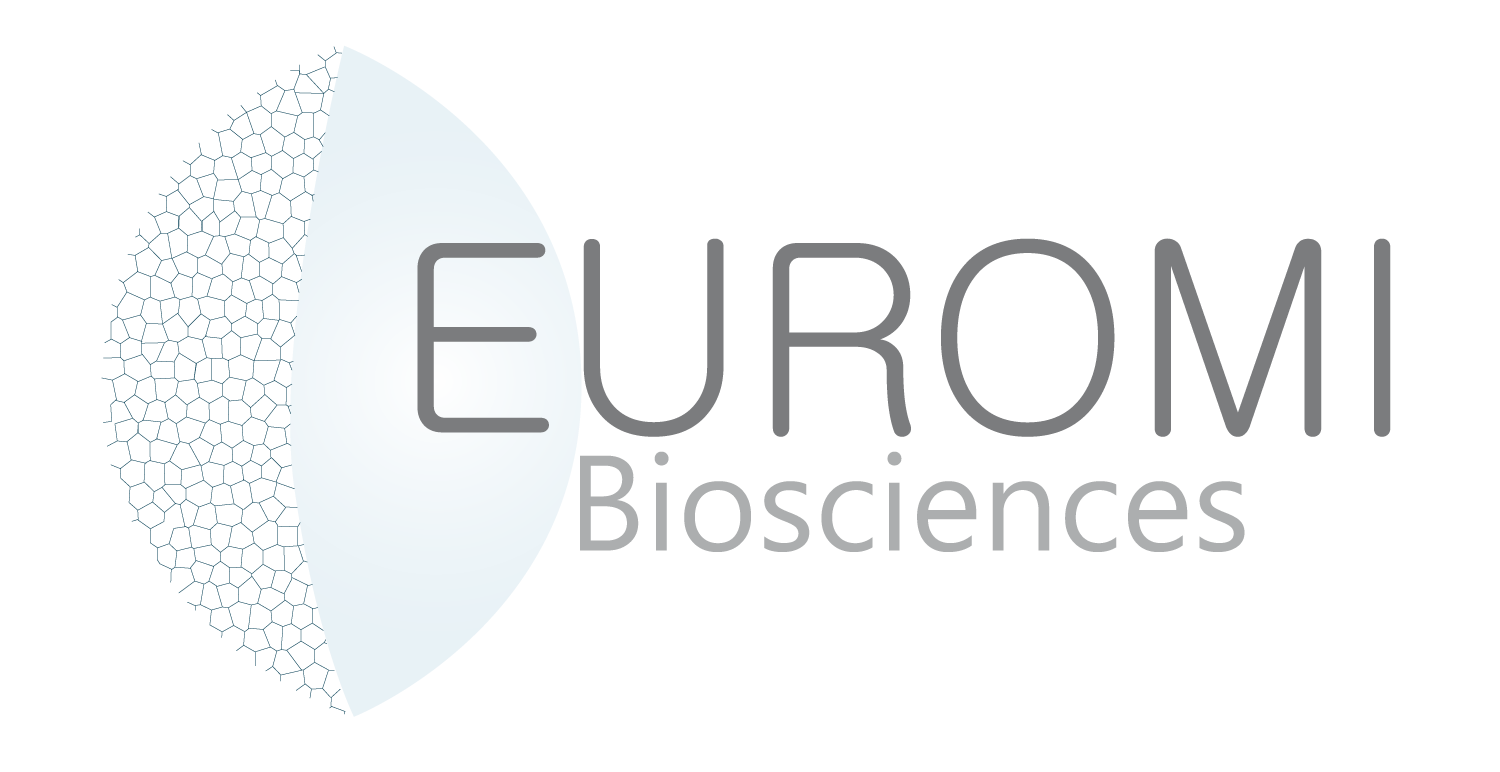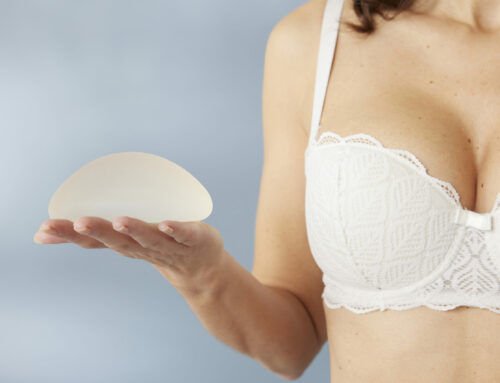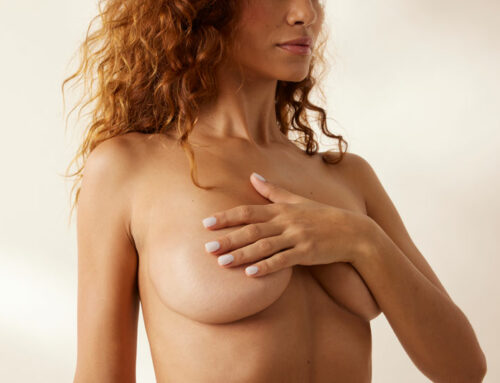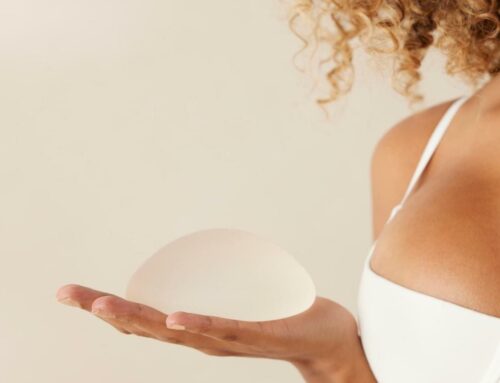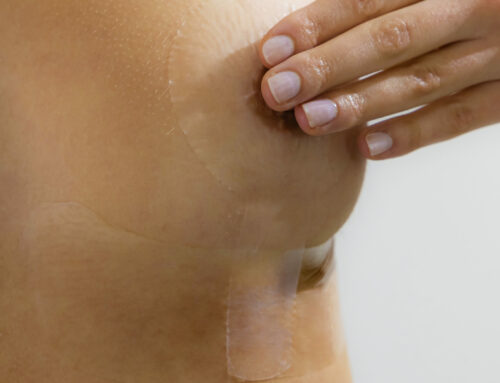Breast Cancer Awareness Month: How to regain your femininity after breast cancer?
October marks the beginning of Breast Cancer Awareness Month (also known as Pink October), a global campaign dedicated to raising awareness and supporting the fight against breast cancer. This initiative reaches millions of women worldwide, encouraging early detection and providing a platform for support and solidarity. For many, Pink October symbolizes hope, resilience, and the reminder that no one has to face this battle alone.
Breast cancer and its impact feminity
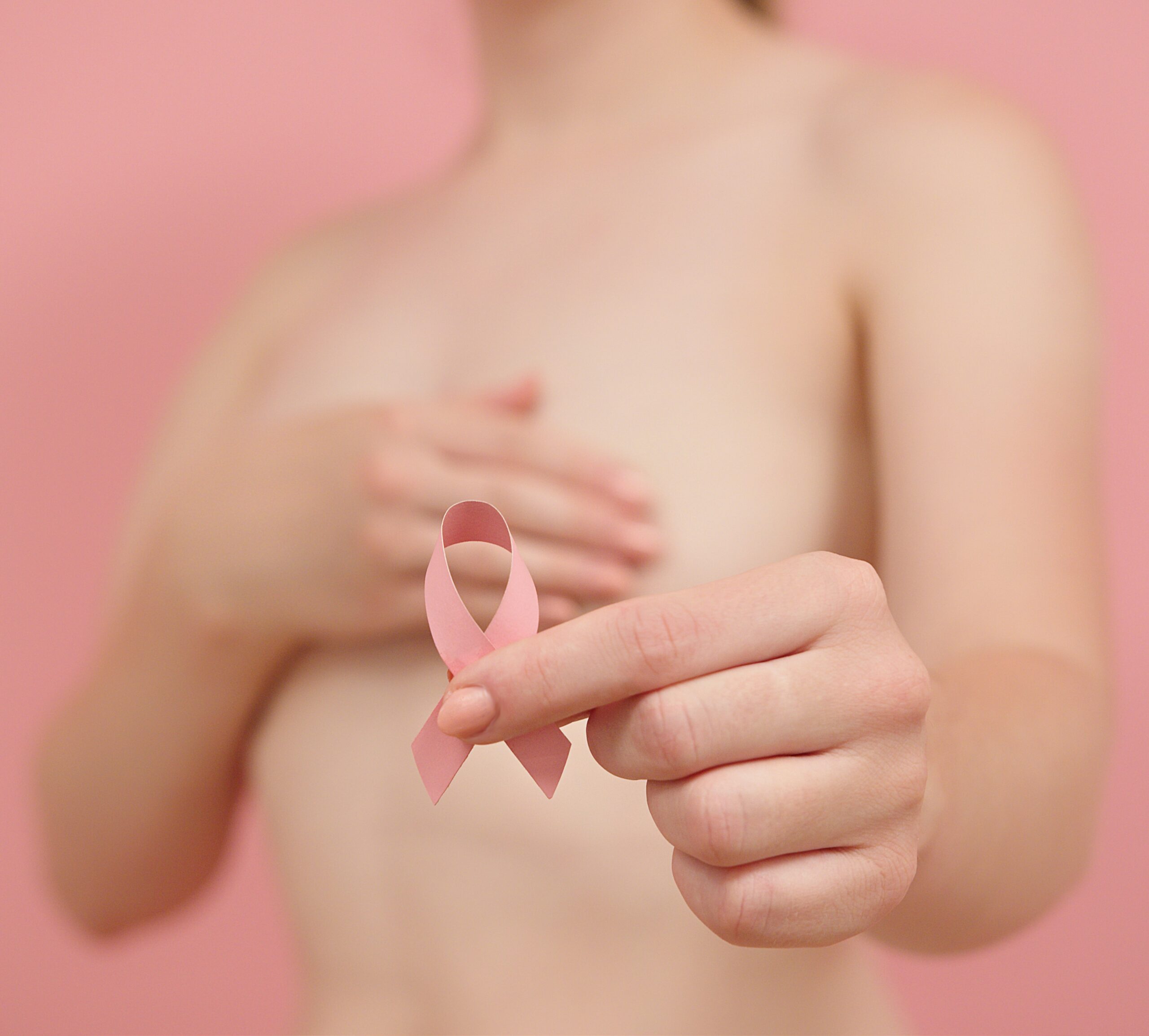
Breast cancer, along with the potential necessity of a mastectomy, deeply affects a woman’s sense of femininity and self-image. The loss of a breast is not only a physical challenge but also an emotional one. Since breasts are closely tied to body image and feminine identity, a mastectomy can profoundly impact the way a woman views herself.
Physically, a mastectomy can cause discomfort, pain, and significant changes to the body. Psychologically, many women experience feelings of sadness, loss, and lowered self-esteem. It’s common for women to struggle with recognizing themselves in the mirror post-surgery, often feeling a loss of their femininity and a decrease in confidence.
Breast cancer and its impact on feminity
There are various solutions to help women rebuild their self-image and femininity after a mastectomy. One option is breast reconstruction surgery, where surgeons recreate a breast using breast implants or tissue from other parts of the body. However, this option is not suitable for all women due to medical conditions, age, or personal preference.
An alternative widely used is external breast prostheses, which come in a range of shapes, sizes, and materials, allowing women to choose what best meets their needs. Breast prostheses are not just medical devices; they play a vital role in helping women reconnect with their femininity and regain their confidence.
Choosing between breast reconstruction and external prostheses
The choice between surgical reconstruction and external breast prostheses depends on various factors, including your health, lifestyle, and personal comfort preferences. Some women opt for surgery to recreate a permanent breast, while others prefer the less invasive solution of prostheses.
In all cases, it’s essential to consult with your medical team to find the best option for your body and personal circumstances.
Regaining confidence after a mastectomy
For many women, breast prostheses play a crucial role in restoring confidence and femininity after a mastectomy. These prostheses offer a tangible solution to recreate a natural silhouette, helping women feel more like themselves. By restoring physical appearance, prostheses also contribute to psychological harmony and self-esteem.
Numerous women report the positive impact of breast prostheses on their confidence. By regaining a balanced silhouette, they feel more comfortable in their clothing and closer to the image they had of themselves before the surgery. This sense of well-being and normalcy significantly influences both self-esteem and the quality of daily life.

The importance of community support
The path to regaining femininity after a mastectomy is not one you have to walk alone. The support of loved ones, healthcare professionals, and communities plays a critical role in this journey. Organizations involved in Breast Cancer Awareness Month offer valuable resources, support groups, and spaces for sharing experiences.
These communities enable women to meet others who have gone through similar experiences, exchange advice, and find comfort. Knowing that you’re not alone in your journey can make a significant difference in your emotional recovery. The power of community and solidarity provides the strength needed to continue moving forward.
Participating in events such as Pink October can also help reinforce your sense of belonging to an engaged community. These initiatives celebrate stories of resilience and courage while raising awareness and support for women affected by breast cancer. They offer a platform to acknowledge victories—big and small—and to continue the journey with hope and determination.
Early detection: a Lifesaving practice
Pink October is also an opportunity to raise awareness about early detection. Regular self-examinations allow women to become familiar with the normal texture of their breasts and detect any potential changes early, such as lumps, hardening, or deformation.
Reminder of Self-palpation gestures, once a month:
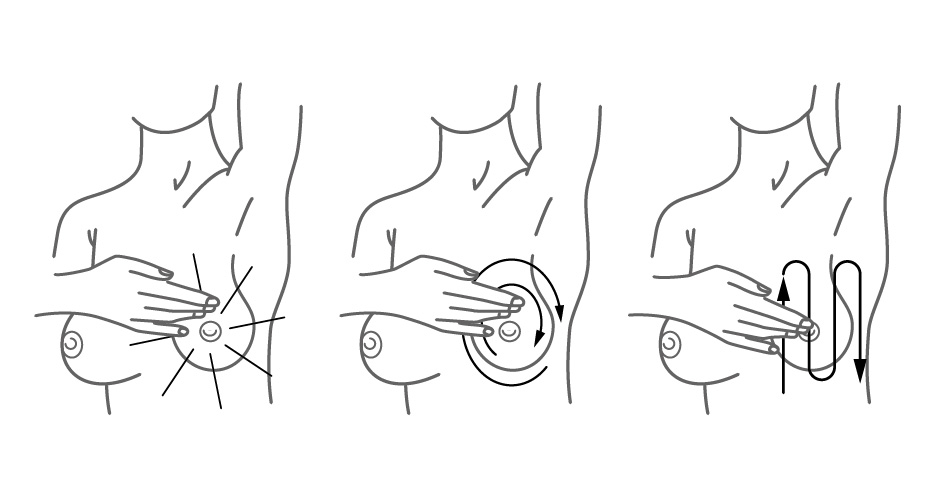
- With your arm raised, examine the breast opposite it with 3 fingers.
- Make small circles with your fingers on your breast, without removing them from your skin.
- Travel across the breast, from the collarbone towards the base of the breast, then from the sternum to the armpit. Make movements from bottom to top to cover it completetly.
If you detect any changes, it’s crucial to consult a healthcare professional immediately. Regular mammograms are essential for early breast cancer detection, significantly improving the chances of successful treatment.
In addition to self-examination, participating in regular screenings is a proactive way to contribute to the fight against breast cancer. So ladies, don’t hesitate! Adopt these healthy habits regularly to safeguard your well-being.
Move forward with confidence
Regaining femininity after breast cancer is a personal and often complex journey, but there are many valuable solutions—such as breast prostheses—to help reconnect with self-image and confidence.
By exploring the available options and drawing on the inspirational stories of women who have overcome this challenge, we can see how resilience and solidarity can transform this experience into one of hope and rebirth.
Whether you opt for reconstructive surgery, external prostheses, or other solutions, what matters most is finding what works best for you to regain balance and move forward with strength.
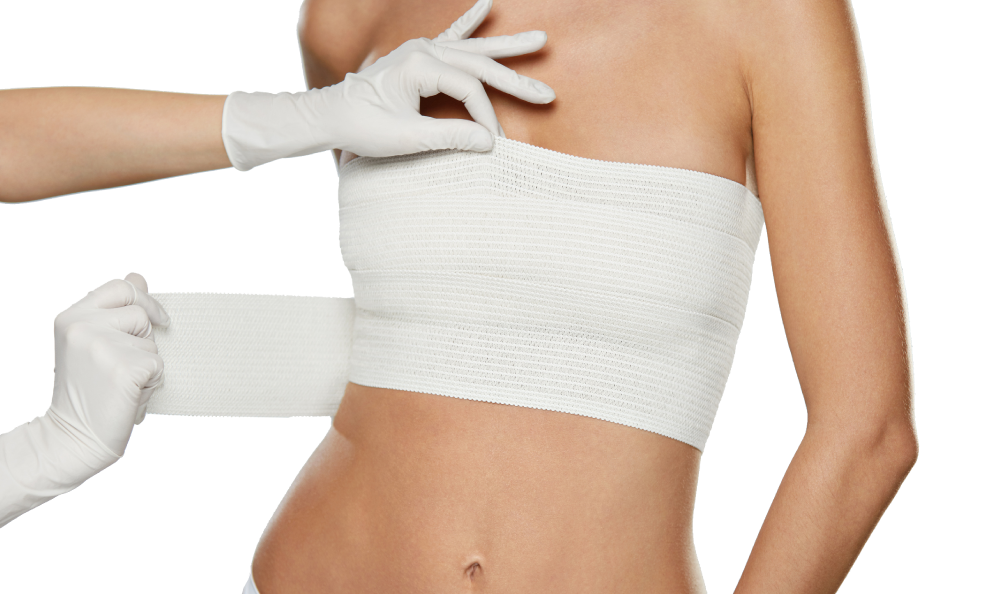
To approach breast surgery with confidence, it is important to be prepared.
Post-operative phase which extends over several months is also very important.
Discover the information we have gathered on our dedicated Post-operative page.
